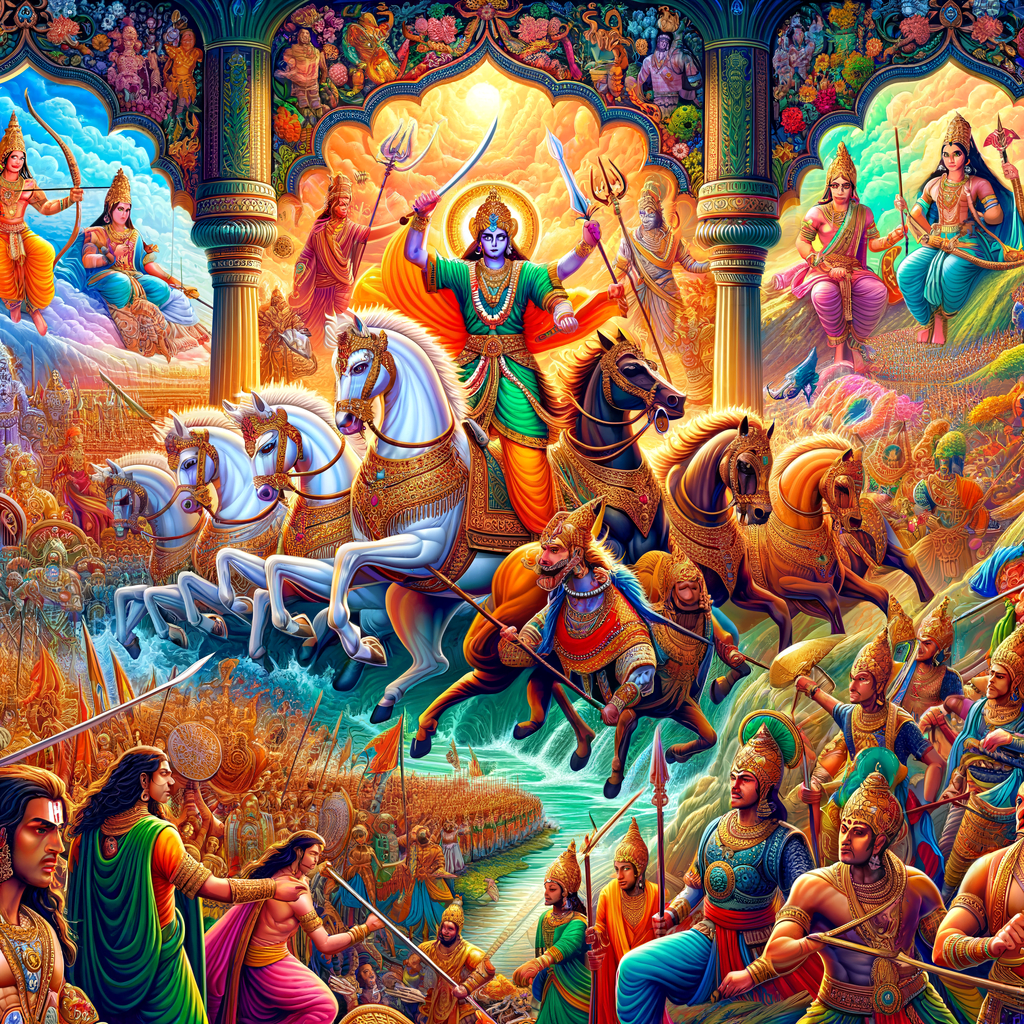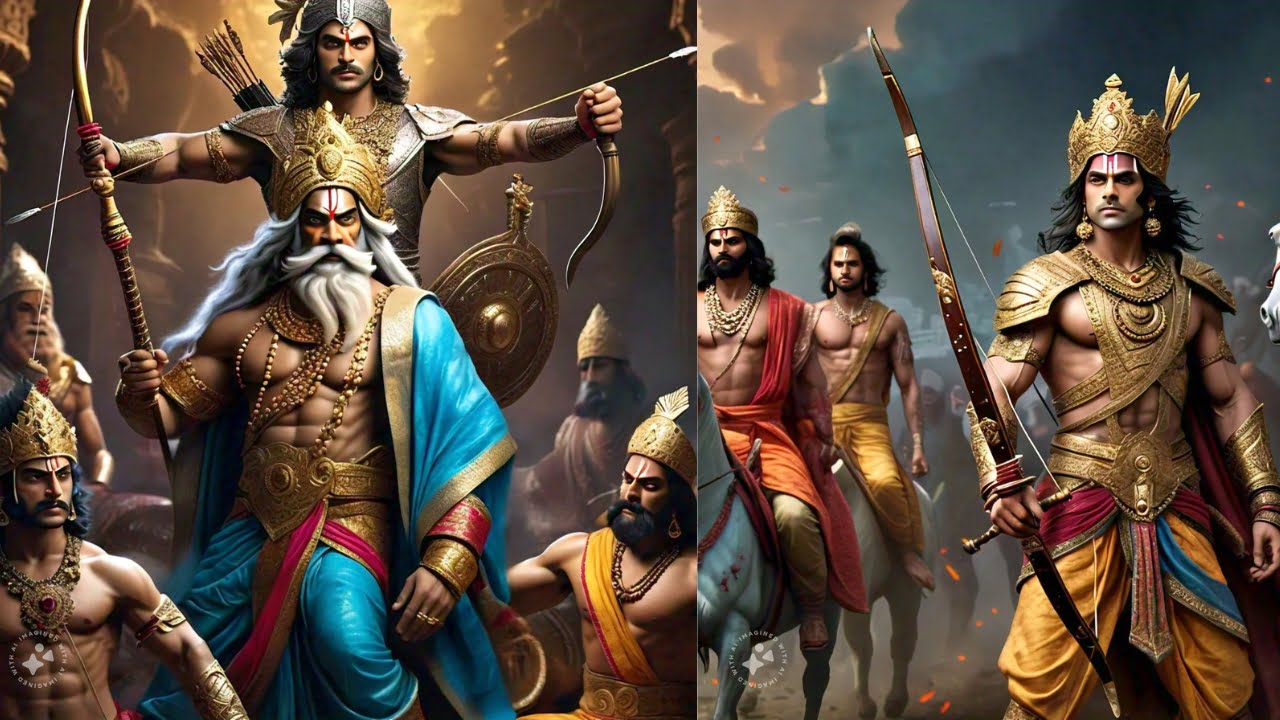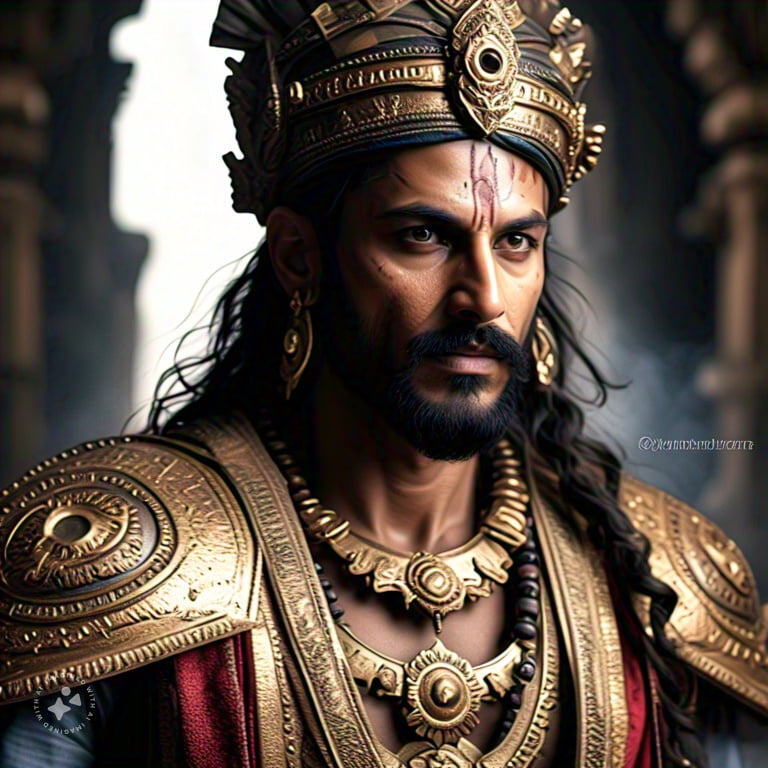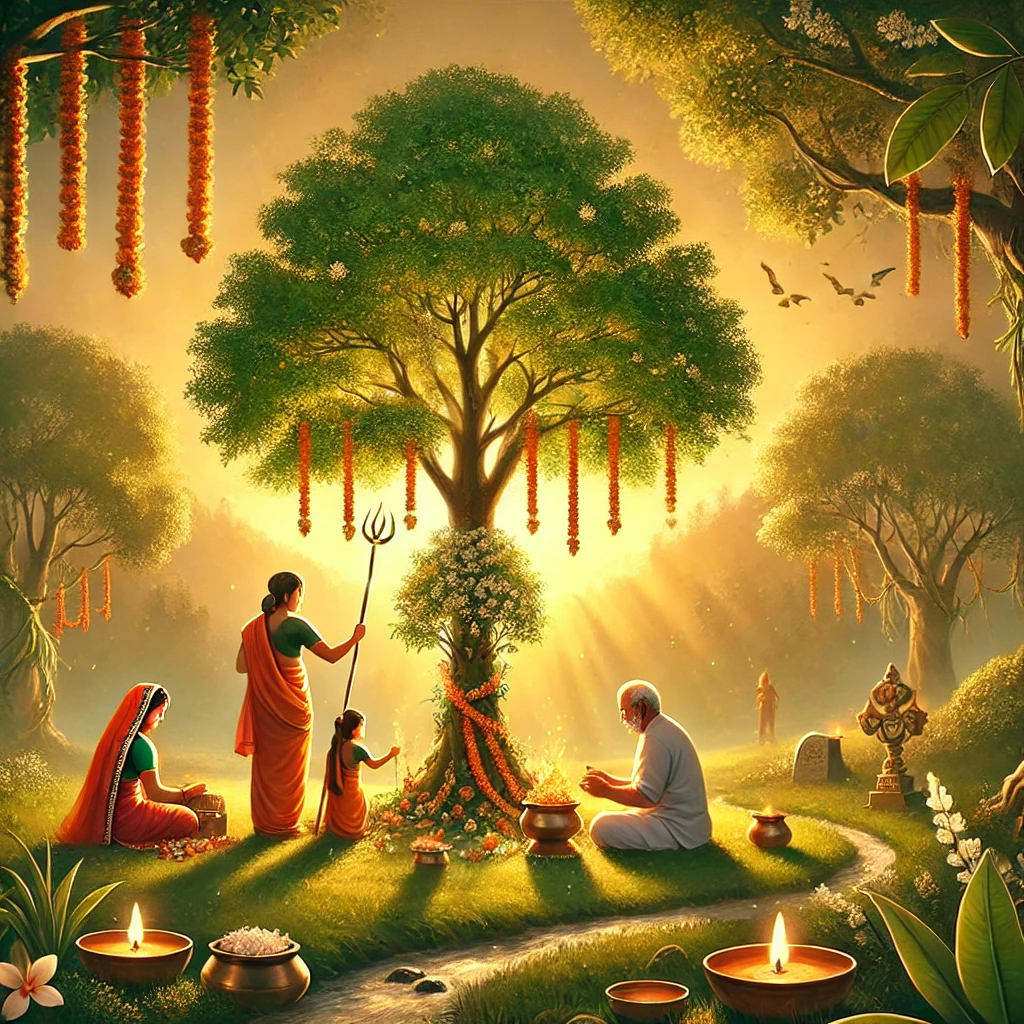Introduction to Mahabharat Ki Kahaniyan
The Mahabharata, often referred to as the fifth Veda, is one of the most revered ancient Indian epics. Composed by the sage Vyasa, it holds significant value not only in Hindu mythology but also in the hearts of millions around the world. Mahabharat ki kahaniyan, meaning “the stories of Mahabharata” in Hindi, serves as an inexhaustible source of wisdom, moral values, and spiritual enlightenment. Its compelling narrative, filled with intricate plotlines and profound teachings, has captured the imagination of generations.
The Historical and Cultural Significance of the Mahabharata
The Mahabharata, apart from being a timeless tale of conflict and righteousness, is deeply ingrained in Indian history and culture. It serves as a symbol of the perpetual struggle between dharma (righteousness) and adharma (unrighteousness). The epic encompasses multifaceted layers of societal norms, governance, and familial duty, offering a profound understanding of ancient Indian traditions and values.
Key Characters and Their Epic Journeys
The Mahabharata is adorned with an ensemble of remarkable characters whose journeys epitomize bravery, sacrifice, and moral dilemmas. From the righteous Yudhishthira to the valiant Arjuna, each character’s storyline holds invaluable lessons in duty, loyalty, and the cosmic order. The epic’s characters navigate through the complexities of life, facing myriad challenges and making choices that echo through eternity.
Major Themes and Life Lessons in Mahabharat Ki Kahaniyan
The Mahabharata is a treasure trove of themes and life lessons. One of the most prominent themes is the complexity of human nature. Characters exhibit a range of virtues and vices, painting a realistic portrait of humanity. The epic underscores the idea that every person has the potential for both good and evil.
Another central theme is the importance of making difficult choices. The characters grapple with moral dilemmas and the consequences of their decisions, teaching readers that actions have far-reaching impacts. The lessons derived from these choices prompt readers to reflect on their own lives.
Moreover, the theme of duty, or ‘dharma,’ runs throughout the narratives. It emphasizes the significance of fulfilling responsibilities, regardless of personal desires. This theme resonates deeply within our contemporary context, allowing us to draw parallels to everyday challenges.
Lastly, the quest for knowledge and self-realization is paramount. The character of Yudhishthira embodies the virtues of wisdom and truth, inspiring individuals to pursue enlightenment amid life’s chaos.
The Role of Dharma in the Mahabharata
Dharma, or righteousness, is central to the Mahabharata. The epic asserts that following one’s dharma is crucial, even in the face of hardship. Characters wrestle with their dharmic duties while navigating personal conflicts and societal expectations.
The roles of various characters illustrate the multifaceted nature of dharma. For example, Arjuna’s internal struggle exemplifies the conflict between personal emotions and ethical obligations. Faced with fighting his own kin, he contemplates his dharmic responsibilities as a warrior.
Furthermore, the teachings of Lord Krishna emphasize that true dharma transcends simple rules and lays emphasis on intention. His guidance illustrates that adhering to dharma requires wisdom and compassion over rigid adherence to rules.
In essence, the Mahabharata encourages individuals to seek their own path of righteousness. By recognizing the personal and societal dimensions of dharma, readers learn that fulfilling one’s duties is paramount for holistic growth and peace.
Conflicts and Resolutions: Insights from the Epic
The conflicts in the Mahabharata serve as mirrors reflecting human challenges. Central to the narrative is the intense rivalry between the Pandavas and Kauravas. This conflict is not merely about power; it embodies deeper themes of loyalty, envy, and justice.
Each character’s motivations offer valuable insights. The strife often arises from misunderstandings and miscommunications, highlighting the importance of dialogue in conflict resolution. Characters like Draupadi and Bhishma embody noble values, urging the need to seek harmony even in turbulent times.
Furthermore, the epic illustrates how unresolved conflicts can lead to devastating consequences. The Kurukshetra War is a tragic representation of conflict escalation. From this, readers learn the importance of addressing disputes early and striving for peace.
Ultimately, the resolutions found in the Mahabharata emphasize the power of forgiveness and reconciliation. It guides individuals toward navigating their own conflicts with empathy, learning that true strength lies in understanding and unity.
Symbolism and Allegory in Mahabharat Ki Kahaniyan
Mahabharat Ki Kahaniyan, also known as the Mahabharata, is filled with profound symbolism and allegorical representations. The epic is a rich tapestry of metaphors and hidden meanings, exploring the complex nature of human existence and the eternal battle between dharma and adharma. Through characters like Krishna, Arjuna, and Draupadi, the Mahabharata imparts timeless lessons about righteousness, duty, and the trials of life. Each episode and character in the epic serves as a symbol, offering insights into the deeper spiritual and moral dimensions of human life.
The Relevance of Mahabharata in Modern Life
Despite being thousands of years old, the Mahabharata remains profoundly relevant in modern life. Its teachings on ethics, governance, and human psychology continue to offer valuable lessons for navigating contemporary challenges. The epic’s exploration of familial relationships, power struggles, and the consequences of moral dilemmas resonates with individuals facing similar issues today. The Mahabharata’s enduring relevance lies in its ability to provide wisdom that transcends time and speaks to the universal human experience.
Conclusion: Embracing the Wisdom of Mahabharat Ki Kahaniyan
By delving into the Mahabharata’s profound symbolism and recognizing its ongoing relevance, individuals can embrace the timeless wisdom of Mahabharat Ki Kahaniyan. The epic’s allegorical insights offer valuable guidance for navigating life’s complexities and dilemmas, inspiring seekers of insight to reflect on the eternal truths it encapsulates. Through a deeper understanding of the Mahabharata, one can cultivate a heightened awareness of moral and spiritual principles, enriching their inner journey and fostering greater harmony within themselves and the world around them.








